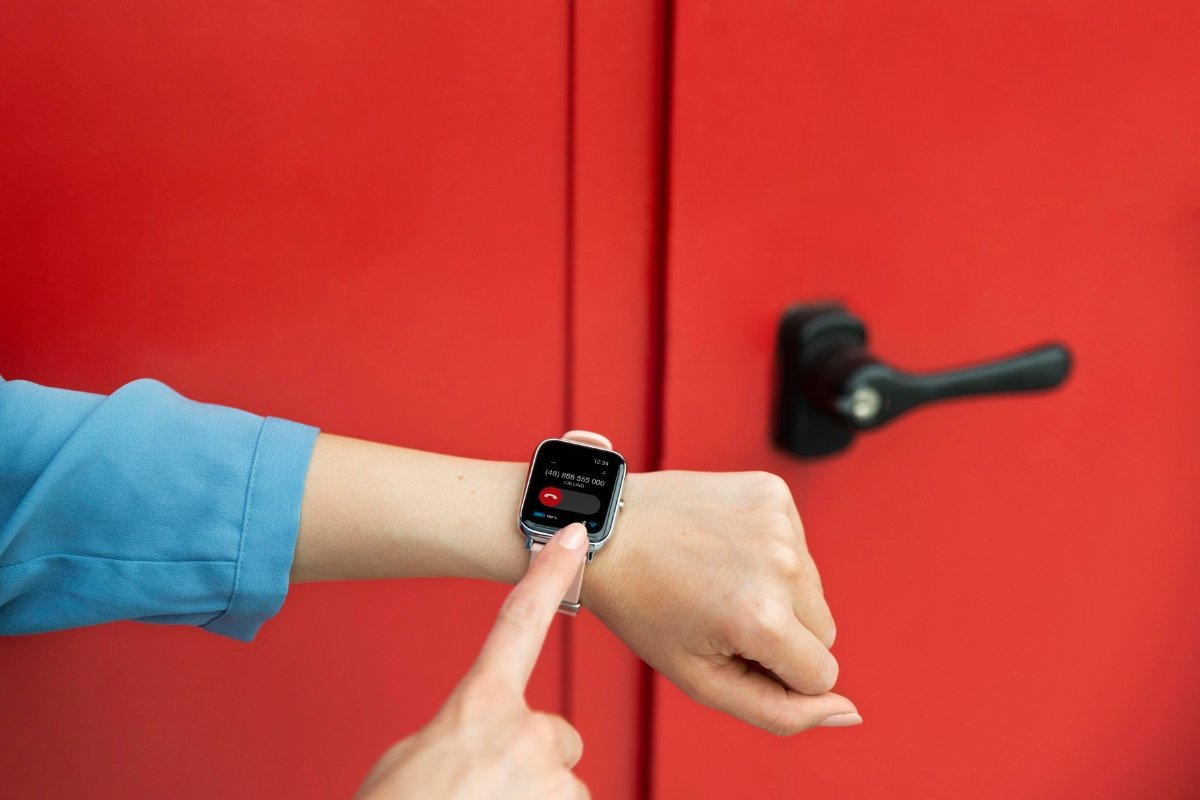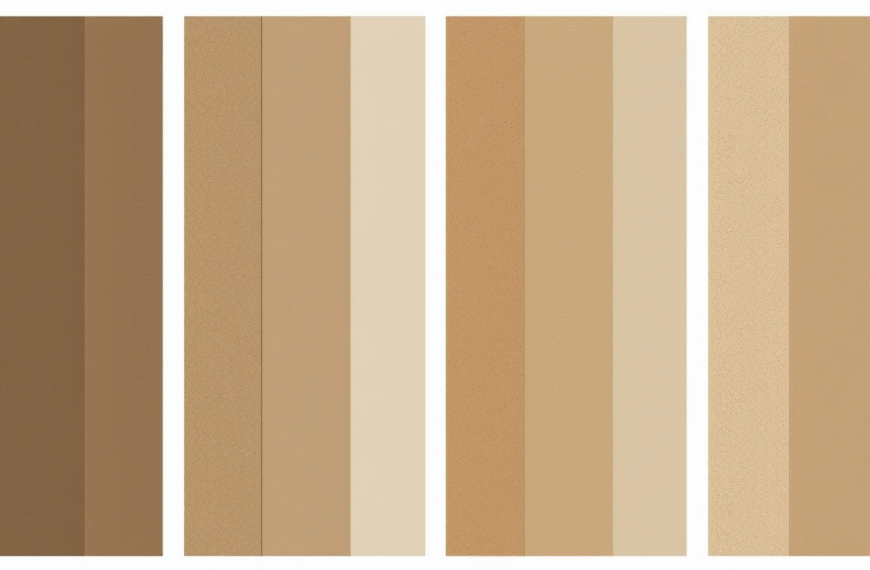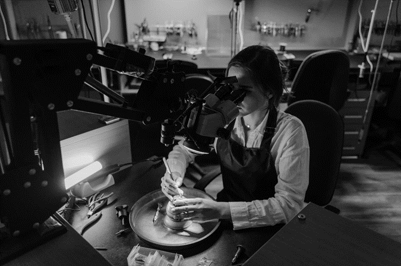In the world of luxury watches, there’s nothing more frustrating than purchasing a counterfeit piece unknowingly. Whether you’re buying a pre-owned watch or investing in a classic luxury brand like Rolex, it’s essential to know how to spot a fake. Trusted dealers offer reliable methods for verifying the authenticity of Rolex watches, providing peace of mind for buyers.
Key Physical Red Flags to Inspect
When you’re examining a watch, the weight is often one of the first red flags to inspect. Genuine luxury watches, such as Rolex, are typically heavier than their fakes due to the high-quality materials used in their construction. Counterfeit watches often use cheaper, lighter metals, which can immediately signal that something’s off. If a watch feels too light, it’s worth considering whether it’s an authentic piece.
Next, you should closely examine the engravings and markings. For Rolex watches, a crucial detail to check is the tiny laser-etched coronet (the crown logo) at the 6 o’clock position. This subtle feature is often missed or poorly replicated in counterfeit watches, so be sure to inspect it under magnification.
Another important area to check is the movement. Rolex watches feature a smooth, fluid second-hand movement. A fake watch, on the other hand, may have a jerky or ticking second-hand. If the movement feels off or lacks that seamless motion, it’s likely a counterfeit.
Lastly, always check the serial numbers and model numbers on the watch. Rolex engraves these numbers between the lugs, and they should match the documentation that accompanies the watch. If there’s no serial number, or if the numbers don’t align with what’s expected, that’s a strong indication that the watch may not be authentic. You can verify the numbers through trusted databases to confirm their authenticity.
Legal and Market Developments in Anti-Counterfeiting
In the UK, the efforts to combat counterfeiting are becoming increasingly sophisticated. The country has aligned itself with the Organisation for Economic Co-operation and Development (OECD) in implementing anti-counterfeiting measures to protect both consumers and luxury brands. These efforts include increased surveillance of the watch market, especially on online platforms, and tougher regulations surrounding the sale of counterfeit goods.
Alongside legal measures, pre-owned authentication services are becoming more widely available. For example, Hatton Garden, a well-known area in London, has developed into a hub for professional watch authentication. These services help buyers confidently verify the authenticity of high-end timepieces, particularly as counterfeit watches have become more convincing. Authentication services are essential for anyone purchasing a luxury watch, especially when shopping in the pre-owned market.
With the rise of online shopping, it’s important to know where you’re buying a watch from. Avoid unreliable online platforms, and instead, choose trusted dealers that offer authentication services. Websites like Bob’s Watches provide valuable information on how to authenticate Rolex watches and ensure you’re making a legitimate purchase.
Where You’re Buying Matters
To ensure you’re purchasing an authentic luxury watch, it’s critical to buy from reputable sources. Dealers not only provide verified authentic watches but also supply the necessary documentation to back up their authenticity. When buying pre-owned watches, consider using services that offer full history and provenance, as well as warranties. Reputable dealers will also provide certificates of authenticity and usually have return policies in place, giving you peace of mind when making your purchase. Spotting a fake watch doesn’t have to be difficult. By paying attention to key physical red flags such as weight, engravings, and movement, and by checking serial numbers and model numbers, you can protect yourself from purchasing a counterfeit timepiece. Additionally, with an increasing amount of legal developments and services, authentication is becoming easier than ever.









